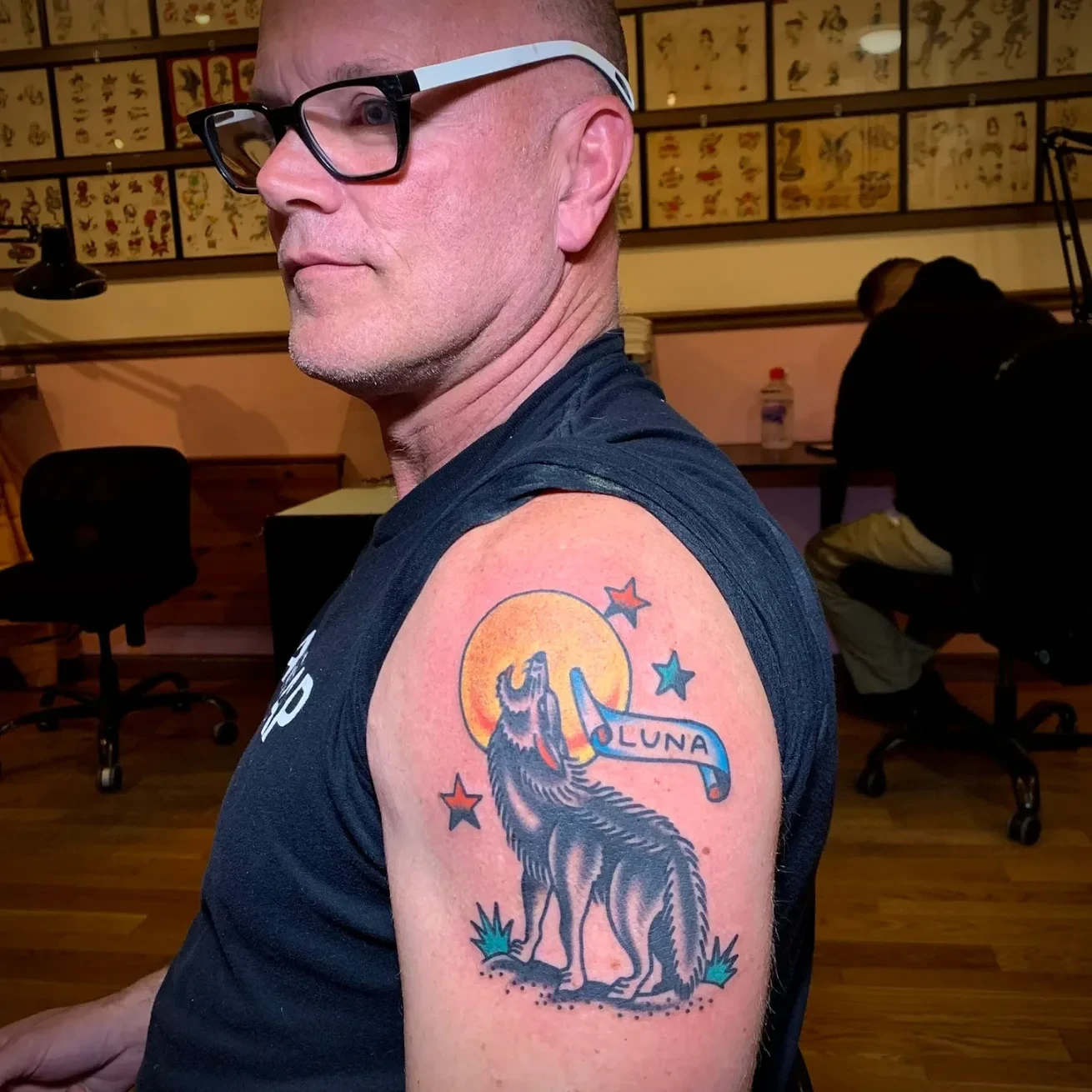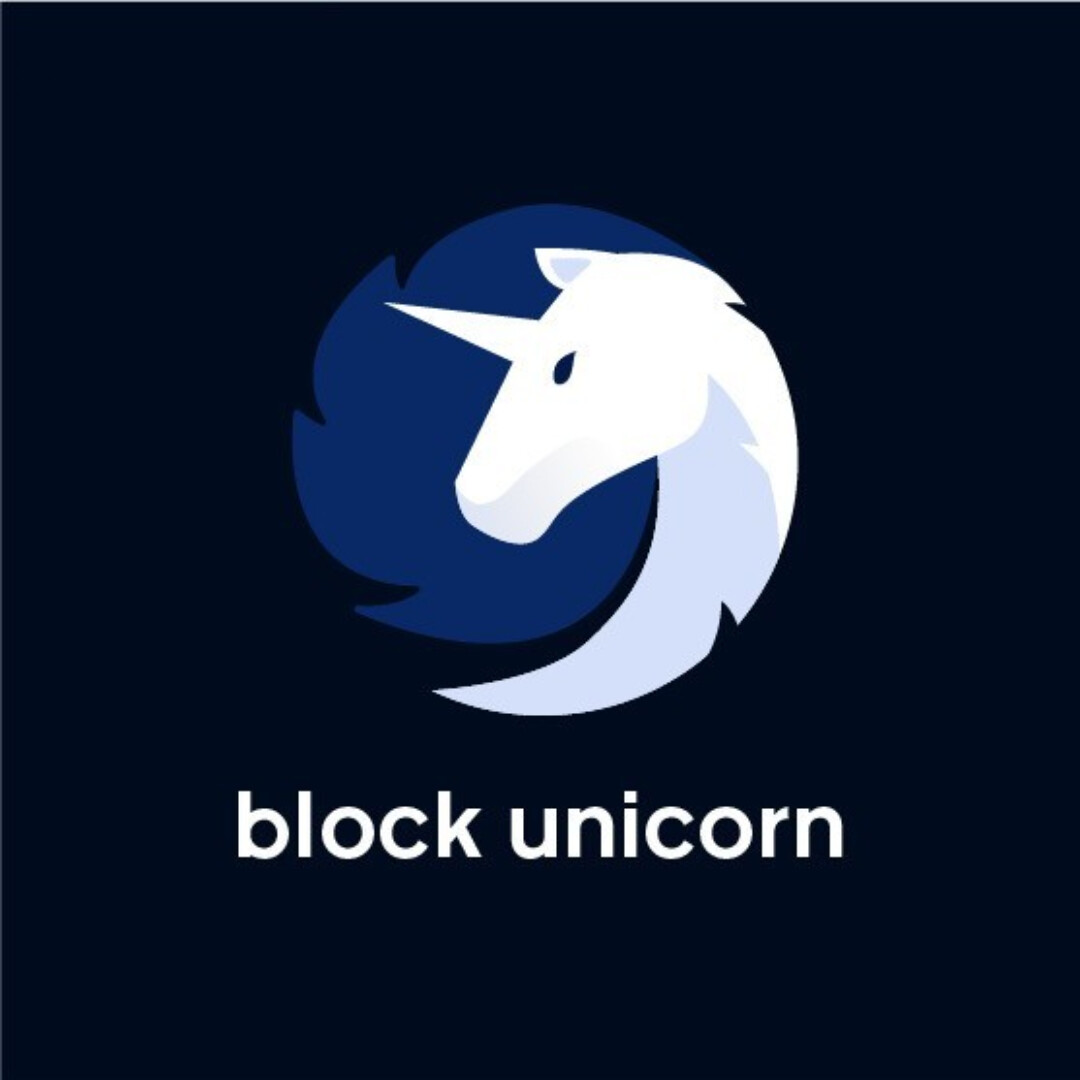Michael Novogratz: A Wall Street Refugee
- 核心观点:诺沃格拉茨从Luna崩溃中吸取教训。
- 关键要素:
- Luna暴跌蒸发600亿美元。
- 公开信坦诚错误与教训。
- 转向AI数据中心新业务。
- 市场影响:推动行业反思风险管理。
- 时效性标注:中期影响。
Original author: Thejaswini MA
Original translation: Block unicorn

May 18, 2022. Michael Novogratz stares at his arm.
A tattoo of Terra Luna stared back at him. The crescent moon had cost him millions and nearly ruined his reputation. Luna's price plummeted from $80 to zero in 72 hours, wiping out $60 billion in what the cryptocurrency community now calls a "death spiral."
Most CEOs would hire a crisis management firm, blame market manipulation, or simply remain silent until the news cycle passes.
And Novogratz? He sat down and wrote a letter.
“My tattoo will serve as a constant reminder of the humility that venture capital requires,” he wrote in the letter, which was made public that afternoon, detailing what went wrong and what Galaxy Digital had learned from backing one of the biggest disasters in cryptocurrency history.
When a bet fails, the standard strategy is usually to issue a carefully worded statement, shift the focus to “market conditions,” and then wait for the headlines to fade. Novogratz didn’t do that. He wrote a letter.
Rather than deflect blame, he detailed what happened at Terra, what Galaxy Digital misjudged, and what he himself had learned. While candor is not unheard of in the financial world, he turned it into a kind of industry case study. While others might have tried to downplay the losses, he put his own missteps in the spotlight, inviting others to share the lessons learned.
Novogratz has never been your typical Wall Street guy. The former Goldman Sachs partner and Princeton wrestler built his career by viewing both victory and defeat as fodder for his next big move.
Terra Luna’s collapse would have been enough to end the careers of most cryptocurrency professionals. For Novogratz, it was just another chapter in a story that began on the wrestling mat, moved through the currency trading floors, and now encompasses everything from Bitcoin advocacy to a multi-billion dollar artificial intelligence data center.
Personal Growth
November 26, 1964. Alexandria, Virginia.
Michael Novogratz was born the third of seven children in a family that treated competition like other families treat vegetables: essential, beneficial, non-negotiable. His father had played football at West Point, so the expectation of excellence, or at least convincing performance, was fundamental.
At Fort Hunt High School, Novogratz discovered wrestling, not just a sport but a laboratory where he learned how to read opponents, manage risk under pressure, and understand that preparation is more important than talent.
He finished second at the state tournament and was subsequently recruited by Princeton University. Competing in Division I wrestling at an Ivy League school meant cutting weights, preparing strategically, and everything came down to individual performance. Novogratz captained the Princeton wrestling team and earned first-team All-Ivy honors in 1986 and 1987.
April 1, 1989. Goldman Sachs.
Novogratz joined Goldman Sachs as a short-term bond salesman, one of hundreds of young recruits who pour in each year hoping to make partner. Most fail within five years. A few become rich. Even fewer understand the larger rules of the game.
What sets Novogratz apart is his sense of timing and his willingness to take on assignments others might shy away from. In 1992, Goldman Sachs dispatched him to Asia, where he spent the next seven years weathering currency fluctuations, interest rate shocks, and ultimately the 1997 Asian financial crisis. This experience gave him firsthand insight into one of the most turbulent chapters in modern markets and established him as one of Goldman Sachs' global macro experts.
This period of experience working in the currency and interest rate markets enabled him to become one of Goldman Sachs' global macro experts when he was elected partner in 1998.
Partner status comes with equity, profit sharing, access to investment opportunities within the firm, and, more importantly, positions him as one of the world’s macro experts as Goldman Sachs prepares to dominate financial markets for the next decade.
But Novogratz's climbing career wasn't over.
Fortress Empire and Its Fall
2022. Fortress Investment Group.
Novogratz left Goldman Sachs to join one of the most iconic alternative investment platforms of the 2000s. Fortress was expanding from private equity and credit into global macro, and they needed someone who understood how to profit from currency dislocations, interest rate fluctuations, and commodity supercycles.
Back then, central banks were actively managing exchange rates, emerging markets were gradually opening up to international capital, and technology was enabling new ways to trade everything from the Brazilian real to copper futures. Macro investing was entering a golden age.
Novogratz ran Fortress's Macro Fund, which grew to $2.3 billion in assets under management. The fund operated successfully for more than a decade until the market environment changed after 2008.
February 2007. Fortress goes public.
The firm became the first major alternative asset manager to go public in the United States, briefly creating several billionaires on paper. Novogratz and his partners graced magazine covers and delivered keynote speeches at major conferences. For 18 months, they were the stars of the financial industry, riding the crest of a credit bubble.
Then, 2008 hit like a meteorite.
The financial crisis fundamentally changed the environment for macro trading. Central banks began coordinating policies more closely, currency relationships shifted in unexpected ways, and the market inefficiencies that many macro funds exploited disappeared.
By 2013, macro funds were in trouble. The post-crisis era was challenging for many macro strategies. Coordinated central bank policies had reduced the market volatility macro traders needed. The methods that had worked so well over the previous decade suddenly became completely ineffective.
October 2015. Announcement released.
Fortress will liquidate its $2.3 billion macro business. Novogratz will exit, and the capital will be returned to investors. Thirteen years of building a top-tier macro business have ended with a press release and a series of final investor calls.
The closure could have been career-ending. However, Novogratz viewed it as a lesson. The macro fund's success was built on identifying policy-driven market dislocations and exploiting them before others did. Its failure reflected changing market conditions, not poor management.
He needed this lesson sooner than he thought.
Digital Gold Rush
2013. New York, Fortress Office.
Peter Briger, co-CEO of Fortress Investment Group and a former Goldman Sachs colleague, called Novogratz and asked a question that changed his life: "Dude, do you know Bitcoin?"
The answer is nothing.
Novogratz had never heard of digital currency, blockchain technology, or cryptocurrency. Like most traditional finance professionals, he thought it was either a scam or a programmer's toy.
But after talking with friends in California, Briger became convinced that Bitcoin represented something bigger. They teamed up with Dan Morehead, a former Tiger Management executive who founded Pantera Capital, one of the first investment firms focused solely on cryptocurrency.
They first bought Bitcoin when the price was around $200. Initially, it was just another macro bet. If the digital currency succeeded, early adopters would profit. If it failed, they could afford to lose money.
It is a non-sovereign store of value that has emerged at a time of unprecedented monetary expansion by central banks. It provides exposure to technological disruption while providing a hedge against currency debasement.
By 2016, Novogratz had become one of cryptocurrency’s most visible advocates, appearing on financial television to explain digital assets to institutional audiences who might have overlooked other crypto enthusiasts. His Goldman Sachs background and macro investing experience gave him credibility among traditional investors who were just beginning to consider cryptocurrencies as a legitimate asset class.
But advocacy wasn't enough. He wanted to build something.
January 9, 2018. Galaxy Digital official announcement.
Novogratz unveiled plans to build a comprehensive digital asset platform combining trading, asset management, investment banking and proprietary investing.
The vision is to become the Goldman Sachs of the cryptocurrency sector, offering institutions the same range of services as traditional investment banks, but focused on the digital asset market.
By combining its business with a Canadian company, Galaxy was able to go public amidst the uncertainty surrounding the regulatory framework for cryptocurrency businesses. On July 31, 2018, Galaxy completed the reverse merger and began trading on the Toronto Stock Exchange Venture Exchange under the ticker symbol GLXY.
Galaxy's business model differs from that of pure-play cryptocurrency companies. Rather than simply buying and holding digital assets, the company actively trades its treasury positions, using proceeds from successful trades to fund operations and expansion. This approach provides more flexibility than a pure holding strategy, but means financial results are partially dependent on market timing and trading performance.
This strategy performed exceptionally well during the cryptocurrency bull market. Galaxy's treasury operations generated hundreds of millions of dollars in profits as Bitcoin and Ethereum appreciated in value. The company's venture investments in crypto infrastructure and applications created further value as the ecosystem matured.
But 2022 brings new challenges.
May 2022. The Terra Luna ecosystem collapsed in a matter of days, wiping out $60 billion in value and devastating one of the most sought-after projects in the cryptocurrency world. When Luna’s algorithmic stablecoin mechanism catastrophically failed, Galaxy Digital faced financial losses and reputational damage.
Galaxy Digital invested in 18.5 million LUNA tokens as early as 2020 at $0.22 per token, gradually selling them as the price rose. By the time LUNA peaked at $119 in April 2022, Galaxy Digital had earned hundreds of millions of dollars in profits and reduced its holdings to almost zero. When the algorithmic stablecoin mechanism ultimately failed, Galaxy Digital's direct financial risk was minimal: only approximately 2,000 LUNA tokens remained, worth less than $10 after the crash.
Rather than gloss over the mistake, Novogratz published a detailed explanation of what went wrong and what lessons the incident offers. His CEO letter discussed the importance of risk management, due diligence processes, and distinguishing sustainable business models from experimental protocols in the cryptocurrency space.
He admitted that his public support for Luna, including getting a tattoo of her, was premature given the experimental nature of the project.

The letter became one of the most widely cited analyses after the Luna crash because it offered an honest assessment of how even experienced investors can be wrong about emerging technologies.
Betting on AI infrastructure
2024. Galaxy offices, New York.
As the cryptocurrency market recovers from the Terra Luna and FTX crashes, Novogratz is already planning Galaxy’s next steps. The company announced a major expansion into AI infrastructure, leveraging its experience in energy-intensive computing operations to enter the AI data center market.
Galaxy learned how to operate large-scale computing infrastructure through its cryptocurrency mining business. The skills it developed to optimize Bitcoin mining can be applied to AI computing, but with potentially higher profit margins and more predictable revenue streams.
In August 2024, Galaxy secured $1.4 billion in project financing for its Helios data center campus in Texas. The facility will provide 800 megawatts of computing power to GPU cloud provider CoreWeave under a 15-year contract, and Galaxy expects it to generate more than $1 billion in revenue annually.
The Helios project aims to develop up to 3.5 GW of power capacity at full construction, making Galaxy a major player in the supply-constrained AI infrastructure market. The business model promises higher profit margins and more predictable revenue than cryptocurrency trading.
The company maintains its established cryptocurrency business while expanding into adjacent technology areas that leverage its existing expertise.
Cryptocurrency has always been a marriage of finance and drama. Few people embody this as perfectly as Novogratz.
He's a trader who tells stories, and a storyteller who trades. Luna's tattoos, candid letters, and cable TV appearances—these aren't just confessions or branding; they're proof that markets are driven as much by narrative as by data.
The businesses he’s built, whether Fortress’s macro fund or Galaxy’s hybrid of trading, venture capital, and now, artificial intelligence data centers, are attempts to give form to forces larger than any one individual: the volatility of currency, decentralized finance, the computational demands of machine learning.
If he sometimes seems reckless, it's because he takes risks in areas where there are no certainties. And if he sometimes seems prescient, it's because those areas reward the few who act quickly, absorb losses, and still double down on their next bet.
For Novogratz, the question has never been whether cryptocurrencies or artificial intelligence will fail. They can't keep rising. The question is who can build a platform resilient enough to withstand those failures. Amid all the chaos and drama surrounding him, that may be his most important contribution: providing the scaffolding for the next generation of adventurers to stand taller.
That’s all for today.



